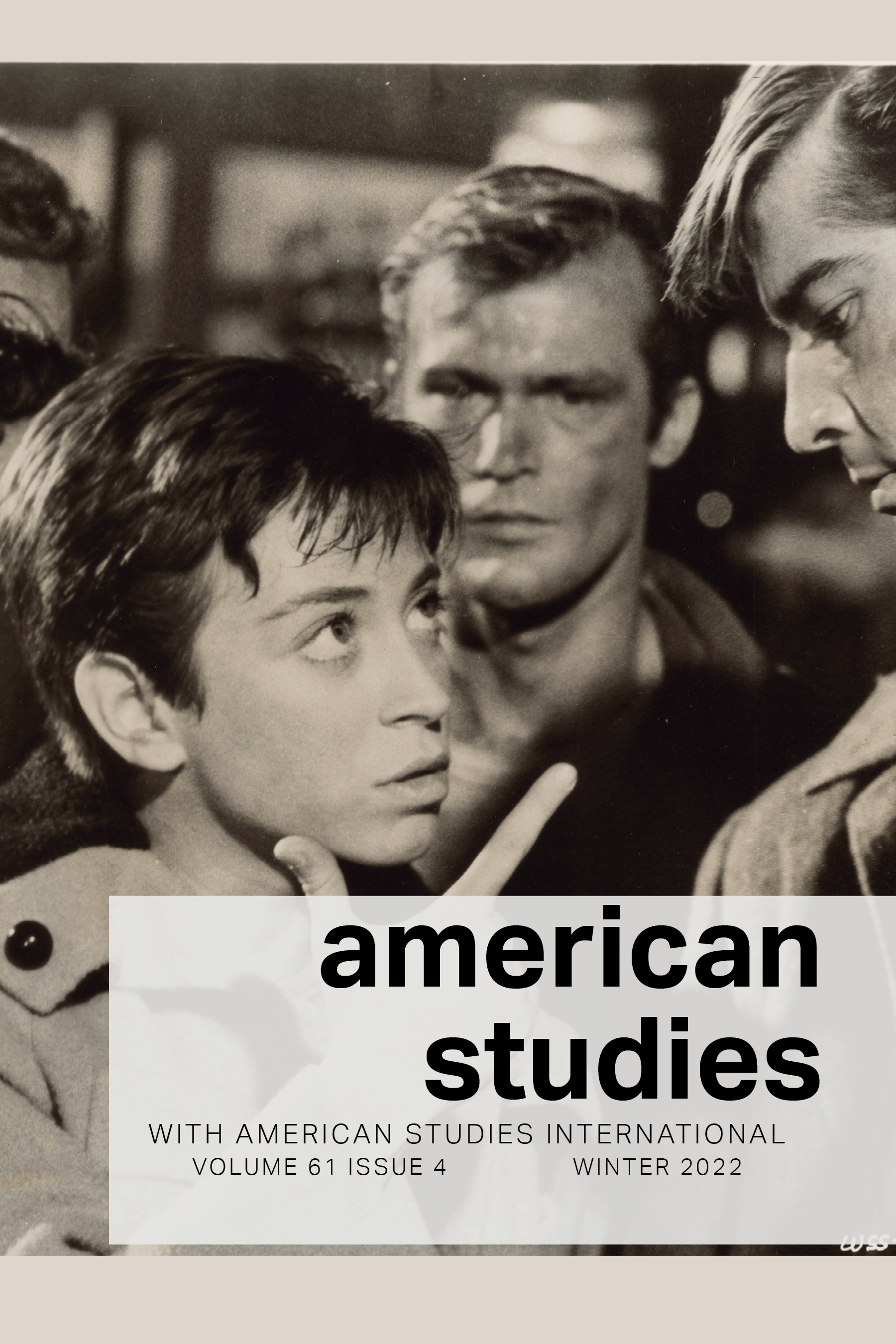Resumen
In this essay, we argue that Jerome Robbins and Leonard Bernstein communicated a subversive queerness in their Cold-War-era musical, West Side Story. Despite a main plot line reiterating the heteronormative ideology of the period, West Side Story deploys the gender-ambiguous and seemingly peripheral character of Anybodys to embody the possibilities and pitfalls of a fluidly queer alternative – one that Bernstein and Robbins also pursued in their own personal lives. We pay close attention to Anybodys’ comportment, moves, and body placement in the film version of the musical, in order to map out their “deep choreography” of advance and retreat and abject stillness. Anybodys’ persistent but unstable presence, on the threshold of visibility in both the heteronormative and the homosocial spaces of the musical, is key to understanding its problematization of gender essentialism.
All items © Mid-America American Studies Association
Authors: If you prefer to remove your text(s) from this database please contact the editor.

